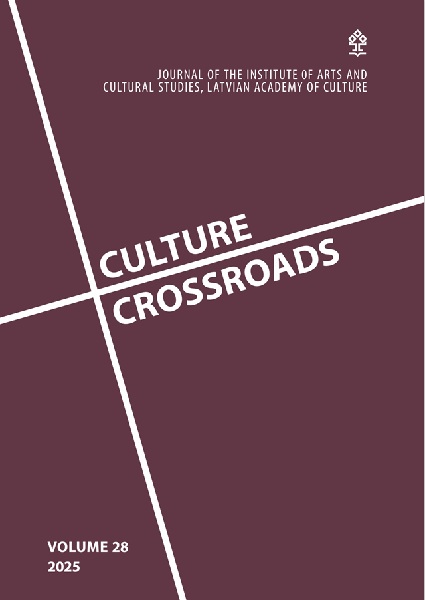INTANGIBLE CULTURAL HERITAGE AND ITS DOUBLE: SOCIAL PRACTICES THROUGH THE LENS OF THE NATIONAL PARTICIPATORY INVENTORY (FRANCE)
DOI:
https://doi.org/10.55877/cc.vol28.619Keywords:
intangible cultural heritage, community, inventory, participation, reflexivityAbstract
The Convention for the Safeguarding of the Intangible Cultural Heritage (ICH) is characterized by its consensual nature, allowing for agreement between States Parties, and for each of them to implement it according to their possibilities and specificities. This flexibility is mirrored at national level when it comes to interpreting it, if only to define what is or is not ICH. In this case, does naming a social practice as ICH amount to standardizing it, by informing it by certain ICH norms as defined by UNESCO? To what extent does the very identification of ICH via the Inventory in France consist in establishing a standardized representation of the social practice in question (its double)? The article suggests that the prism of the National ICH Inventory provides heritage communities with a triple reflexivity: methodological, axiological and anthropological. The relationship between heritage reflection and lived reality is to be explored.
Downloads
References
Agier, M. (2013). La condition cosmopolite, l’anthropologie à l’épreuve du piège identitaire.
Paris: La Découverte.
Alévèque, G. et Chandivert, A. (dir.) (2023). La moralisation de la culture, éthiques et politiques des appartenances et différences. Paris: éd. de la MSH.
Cominelli, F. (2016). Métiers d’art et savoir-faire. Paris: Economica.
Conseil d’État. Le droit souple. Etude annuelle. Accessible : https://www.conseil-etat.fr/publications-colloques/etudes/le-droit-souple (visité le 01.02.2024).
Davallon, J. (2022). Traduire un processus social en patrimoine immatériel. Communication et langages, no 211, p. 31–51. Accessible : https://www.cairn.info/revue-communication-et-langages-202page-31.htm&wt.src=pdf (visité le 01.02.2024).
Dimitrijevic, D. (dir.) (2004). Fabrication des traditions et invention de modernité. Paris: éd. de la MSH.
Escobar, A. (2020). Autonomie et design, la réalisation de la communalité. Toulouse: Europhilosophie éd. Accessible : https://books.openedition.org/europhilosophie/948 (visité le 01.02.2024).
Hottin, C. (2017). Présent et devenir du patrimoine immatériel. Le Débat, no 194 (2), p. 147–152.
Hottin, C. (2019). Témoignage pour une histoire administrative de la Mission du patrimoine ethnologique. In Situ. Au regard des sciences sociales, no 1. Accessible : http://journals. openedition.org/insituarss/414 (visité le 01.02.2024).
Latour, B. et Schultz, N. (2022). Mémo sur la nouvelle classe écologique. Paris: Les empêcheurs de penser en rond.
Mouzard, T. (2019). Pourquoi-comment inventorier le patrimoine culturel immatériel en France ?; Cahiers du CFPCI, no 9, p. 47–52. Accessible : https://www. maisondesculturesdumonde.org/patrimoine-culturel-immateriel/les-cahiers-du-cfpci/ cahiers-du-cfpci-9 (visité le 01.02.2024).
Pareja Del Corso, L. (2020). L’Inventaire du patrimoine culturel immatériel en France : de la mise en œuvre aux médiations numériques. Mémoire de recherche de Master. Université Paris 8. Accessible : https://octaviana.fr/document/249601079 (visité le 01.02.2024).
Downloads
Published
Issue
Section
License
Copyright (c) 2025 Culture Crossroads

This work is licensed under a Creative Commons Attribution 4.0 International License.


